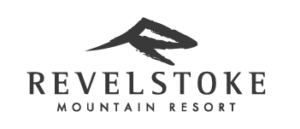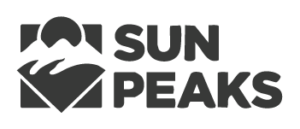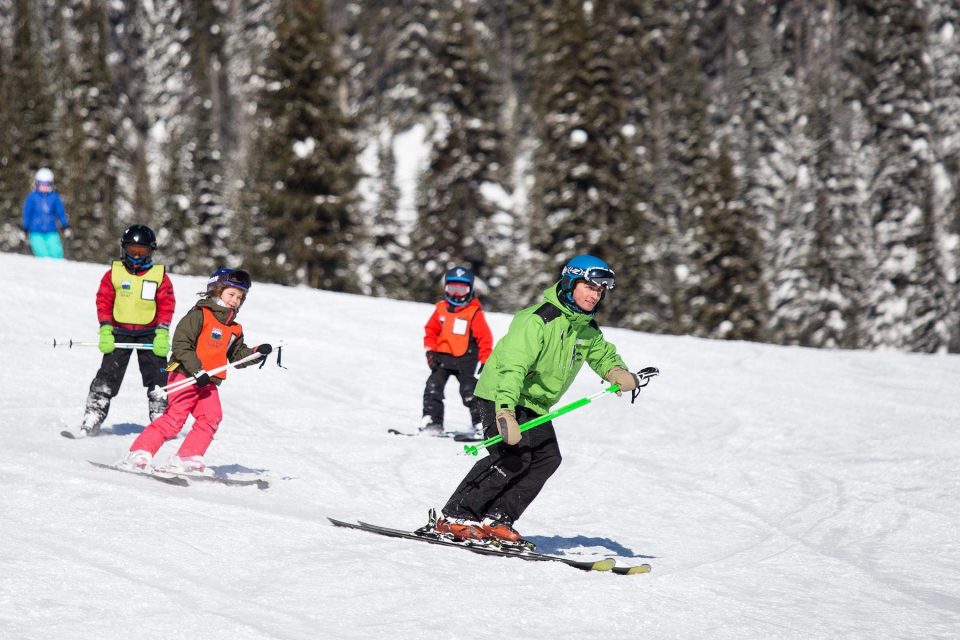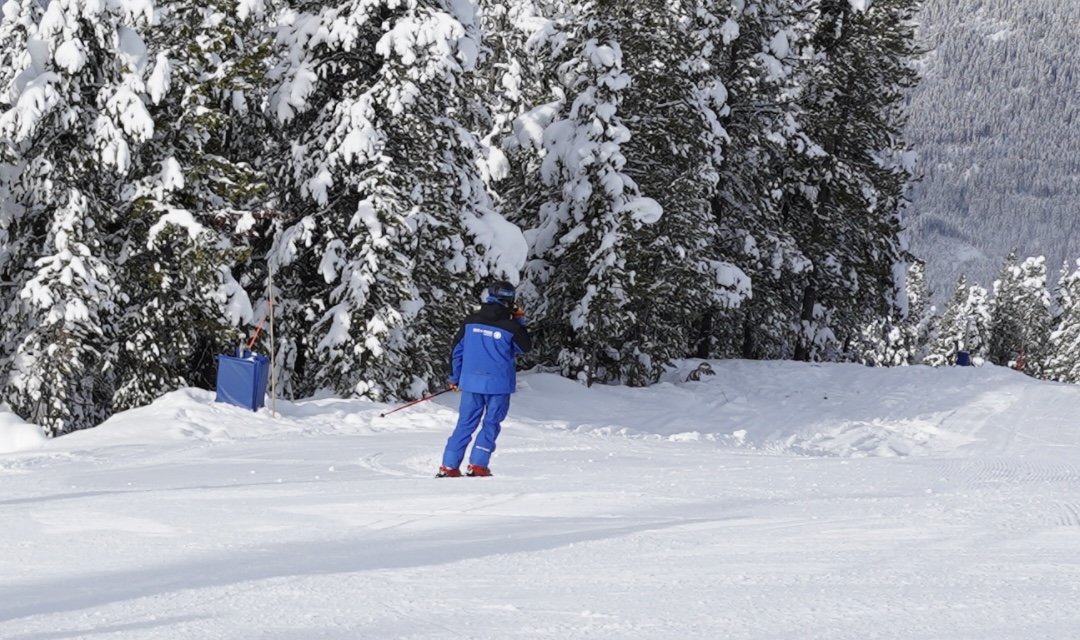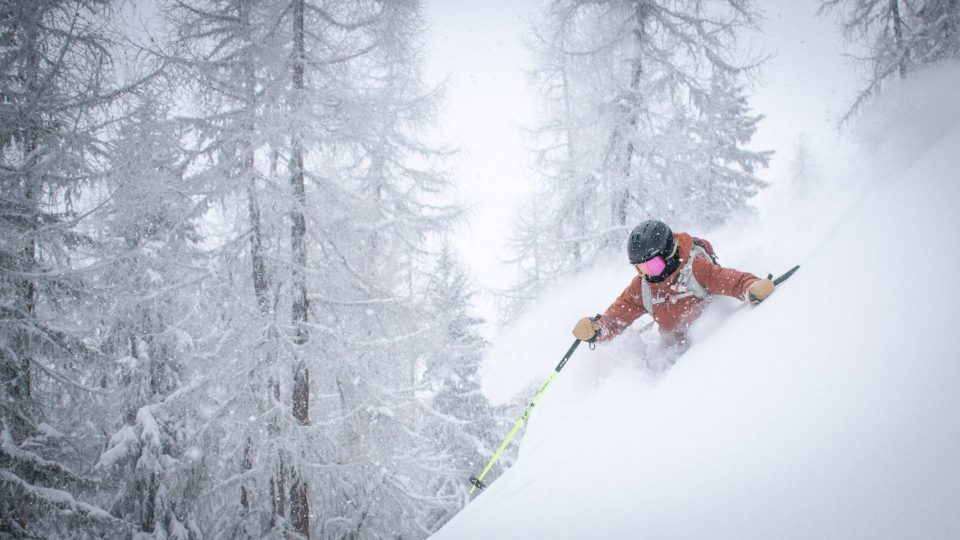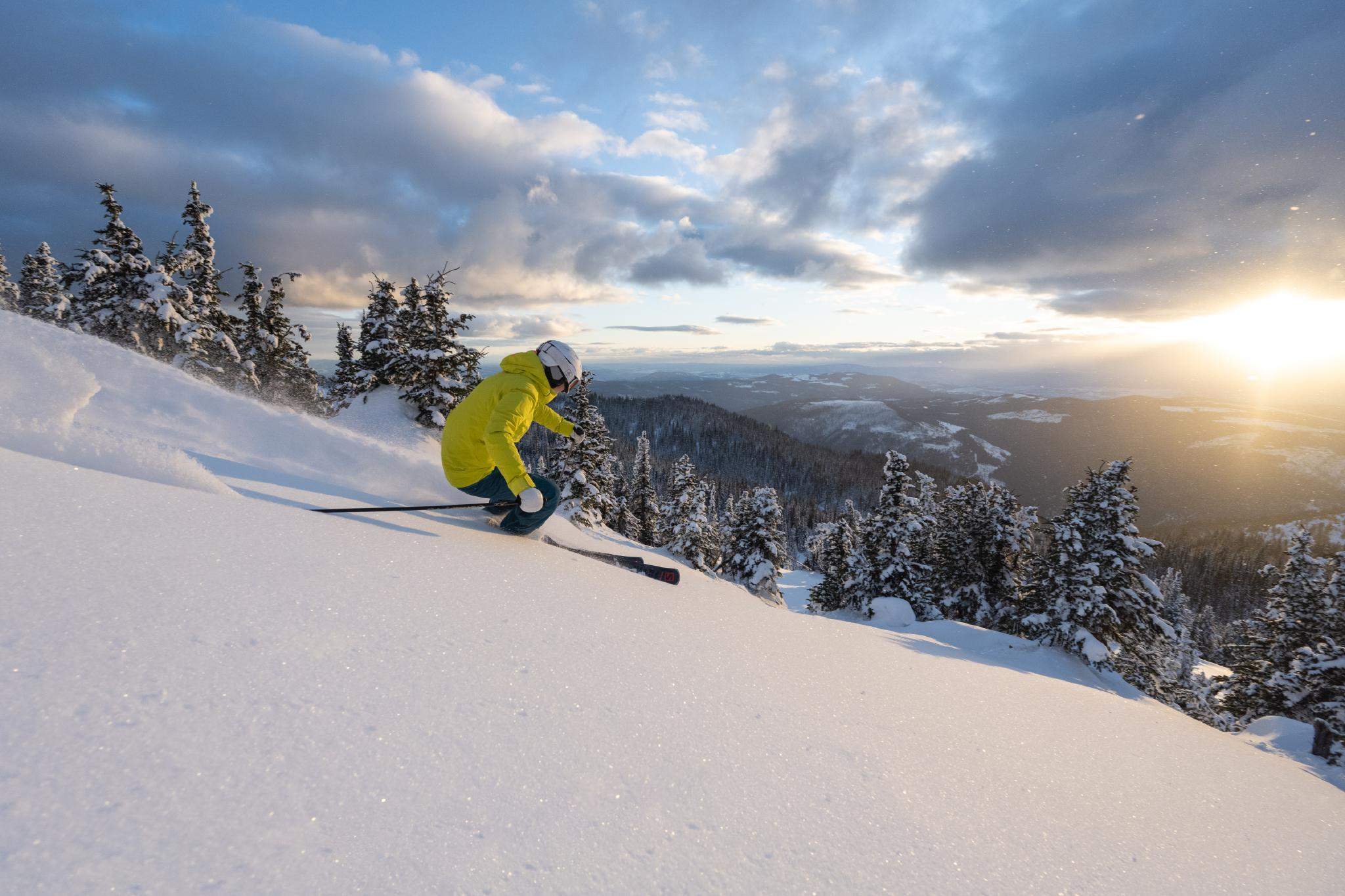Lorem ipsum dolor sit amet, consectetur adipiscing elit. Duis dapibus rutrum vulputate. Mauris sed eros nec est vehicula mattis ac vitae ligula. Maecenas vitae tristique sapien, vitae pellentesque lectus.
What Is the International Ski Instructors Association (ISIA)?
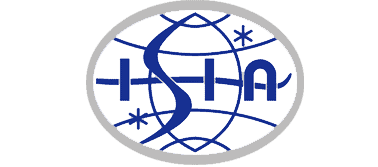
Guide Summary
ISIA is the International Ski Instructors Association and is the governing body for ski instructors worldwide. 38 member states collaborate to ensure the highest standards of ski instruction. Instructors holding the ISIA stamp or ISIA card are highly sought after by ski schools worldwide. If you’re interested in securing your ISIA stamp or card, this simple overview breaks down the process.
What Is the International Ski Instructors Association (ISIA)?
The International Ski Instructors Association (ISIA) is the world’s governing body for professional ski and snowboard instructors. Formed in 1970 by leading alpine nations, the ISIA now includes 38 member countries, all working together to uphold the highest standards in snow sports instruction.
If you’re aiming to teach internationally, this is the accreditation that matters. The ISIA ensures consistency in instructor training, safety, and technical ability. Helping ski schools confidently hire certified pros across borders.
ISIA Membership & Certifications
The ISIA offers two internationally recognised qualifications for instructors:
-
ISIA Card: The highest level of professional snow sports certification issued by the ISIA.
-
ISIA Stamp: Awarded to instructors who are progressing towards full ISIA Card certification.
Holding either qualification signals that you’ve met rigorous international standards and makes you highly employable in ski resorts worldwide.
How Do You Qualify for ISIA?
To become ISIA certified, you typically need to have already achieved a Level 3 qualification through your national ski instructor association. From there, you’ll work towards meeting the ISIA’s additional requirements, which vary slightly by country but generally include further training, teaching experience, and certifications in key areas like first aid and avalanche safety.
Below is a quick look at what’s required through some of the most popular systems:
🇬🇧 BASI (British Association of Snowsports Instructors)
If you’re training through BASI, the Level 3 ISIA qualification includes:
-
200 hours of logged teaching experience
-
A second language (e.g. conversational French or German)
-
A Level 1 certification in a second snow sport (adaptive, telemark, Nordic, etc.)
-
Successful completion of the Level 3 technical and teaching modules
This pathway is already recognised as meeting ISIA standards, making BASI Level 3 one of the most direct routes to ISIA status.
🇨🇦 CSIA (Canadian Ski Instructors’ Alliance)
With CSIA or CASI, once you earn Level 3, you’re eligible to apply for the ISIA Stamp. You’ll need:
-
320 hours of relevant further education
-
Completion of a recognised First Aid course
-
Avalanche Skills Training (AST 1 or equivalent)
Each of these is essential for demonstrating both your safety knowledge and your advanced instructional competence.
Read more about CSIA requirements for ISIA Stamp
🇳🇿 NZSIA (New Zealand Snowsports Instructors Alliance)
NZSIA and SBINZ require a more modular approach. To obtain the ISIA Stamp, you’ll need to complete a set of additional modules, which typically include:
-
Certification in a second discipline
-
Language proficiency assessment
-
Avalanche safety training
-
Approved First Aid qualification
Visit the NZSIA website for the most up-to-date list of requirements.
What Is the ISIA Card?
Once you’ve achieved your ISIA Stamp, you can begin working towards the ISIA Card, the highest level of qualification issued by the International Ski Instructors Association.
The ISIA Card is recognised globally and represents elite-level teaching ability and performance on snow. However, due to the historical ski focus of ISIA, snowboarders may find it harder to obtain an ISIA Card, primarily because of limited opportunities to meet the required speed test benchmarks.
Here’s how it works within the most popular national systems:
🇬🇧 BASI (British Association of Snowsports Instructors)
The BASI Alpine Level 4 ISTD Licence is equivalent to an ISIA Card. To begin working towards this, you must:
-
Hold BASI Level 3 ISIA
-
Log at least 200 hours of on-snow teaching experience
To obtain the ISTD, you’ll then need to complete:
-
Multiple high-level training courses and modules
-
A second discipline
-
Avalanche safety and mountain training
-
Pass the EURO SPEED TEST: a timed slalom race designed to test your technical and performance level under pressure
Achieving ISTD status is a significant accomplishment and a recognised mark of excellence within the ski industry.
🇨🇦 CSIA/CASI (Canadian Ski & Snowboard Instructors’ Alliance)
While CSIA and CASI both offer a Level 4 certification, neither governing body currently issues ISIA Cards.
That said, their Level 4 qualifications are still widely respected, especially within Canada and will significantly improve your employability and access to elite training jobs.
🇳🇿 NZSIA (New Zealand Snow sports Instructors Alliance)
To progress from ISIA Stamp to ISIA Card with NZSIA, candidates must:
-
Hold a Trainer’s Certification
-
Complete Advanced Avalanche Awareness & Mountain Safety Courses
-
Pass the ISIA Speed Test
This demanding pathway ensures you’re fully prepared to teach at the highest international level, with a deep understanding of both performance and safety.
Global Ski Instructor Standards
If you’re looking for information about any other member association of the ISIA, check out the ISIA website.
FAQs
Gaining your basic ski instructor certification, with the correct existing skills, costs as little as $480 or £350. However, achieving those skills, should you need training, can cost considerably more as accommodation, lift passes, transportation, and food must be factored in whilst training and completing your exams. These costs can be in the region of £3500-£8500 for your Level 1 or Level 2, depending on the quality and duration of the programme.
There are 4 Levels of Ski Instructor accepted by the International Ski Instructors Association (ISIA). Level 1 instructor course teaches a basic introduction to skiing and assumes the instructor can parrallel ski. An introduction to children is often introduced at this level. Level 2 concentrates on more advanced techniques and allows you to instruct intermediate skiers. Level 3 Is a much higher certificate, centering around advanced technique on challenging terrain in all conditions. . Finally most governing bodies except the New Zealand system have a Level 4 which is the final level allowing the instructor to teach any level of skier.
If above 15, given the right attitude and ability, anyone can be a ski instructor. Training through a provider like the Winter Sports Company can ensure a speedy journey to becoming a ski instructor. Embarking on an intense training programme is a surefire way of learning the correct methods and, more importantly, understanding one’s strengths and weaknesses so that the student can improve through learning, practising and teaching the techniques and skills associated with a ski instructor.
A ski Season CV is specifically tailored to successfully finding a job within the ski industry. It needs to detail your previous snow experience, your existing qualifications, your previous work placements. This can be tweaked to provide information to future employers for roles both on or off the slopes including chalet host, ski instructor, hospitality, or lift operations to name a few. Some countries call it a resume, some a C.V so research the general format that employers are used to seeing and align your attributes to the role in question.


